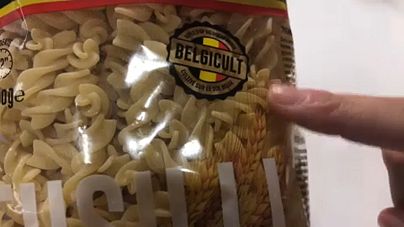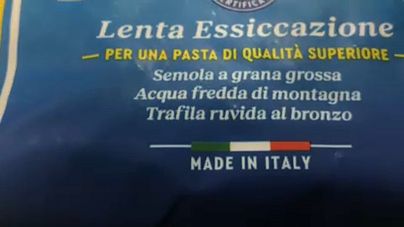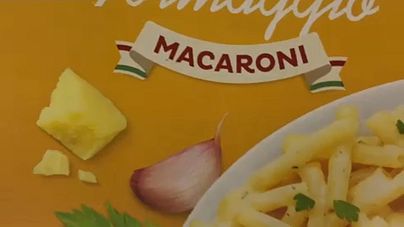On World Pasta Day, Euronews investigated the origins of the wheat that is used to produce the pasta that we eat in Europe.
It is one of the most popular foods in the world - pasta: it is accessible to almost everyone, it comes in many shapes and tastes!
Yet, in very few cases do we know where the food on our tables actually comes from.
According to EU rules, pasta producers have to indicate the origin of wheat if this is processed in another country. But the devil is hiding in the details: if for example, the brand uses an Italian flag or a name that sounds Italian, then it only has to say if the wheat comes from the EU or outside.
According to Dario Dongo, an EU food lawyer, this does not guarantee transparency.
"The non-EU/EU Indication is useless. It only says that the raw material is originating from Planet Earth, and not from Saturn or Jupiter! Because EU / non-EU means nothing other than Planet Earth. Is this the transparency that we want? No".
So what does it mean for consumers?
In the supermarkets, we have a wide choice between different brands and types of pasta. But for consumers, it is difficult to know where the wheat, out of which the product is made, comes from.
We went for pasta shopping and we took three random pasta packages. The first one is a Belgian brand which says that produces pasta with Belgian wheat.
A second brand marks "Made in Italy" but the package reveals that it has used EU and non- EU wheat.
A third brand, that uses as a logo an Italian flag, only indicates that the pasta was produced in the EU.... but no one knows where!
This means that at the moment in Europe there is still so much confusion on the shelves....and on our plates.














